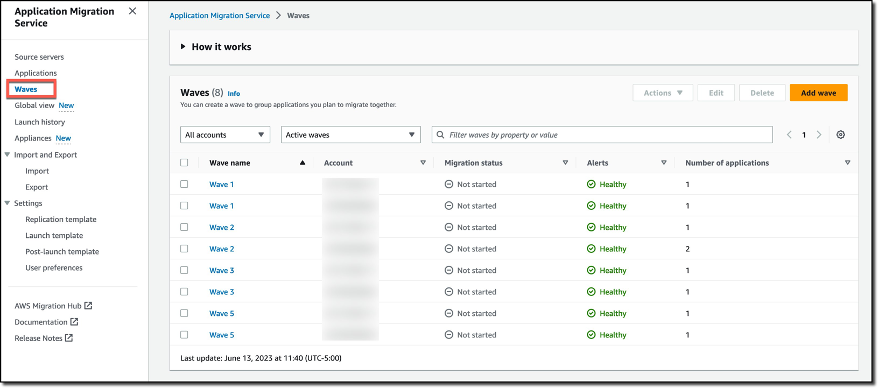AWS recently announced three significant updates with Global View, Import and Export from local disk, and additional post-launch actions in the Application Migration Service (MGN) to enhance migration capabilities.
AWS Application Migration Service is a highly automated lift-and-shift (rehost) solution that simplifies, expedites, and reduces the cost of migrating applications to AWS. The company recommends this service for migrating applications to AWS. It received several updates earlier this year, such as a server migration metrics dashboard, import and export, and additional post-launch modernization actions.
With the current three new updates, users can leverage the Global View feature to monitor and manage migrations across multiple accounts, import and export inventory lists from local disks, and utilize predefined post-launch actions to enhance migration experiences. These features aim to streamline the migration process, improve visibility, and provide more flexibility and control over application migrations on AWS.
The first update is the introduction of Global View, which enables users to manage large-scale migrations across multiple AWS accounts. This feature provides visibility and the ability to perform actions on source servers, applications, and waves in different accounts. Users can structure management and member accounts by utilizing AWS Organizations to access and manage source servers across multiple accounts.

The second update is the option to import and export inventory lists from a local disk. Previously, users could import and export inventory files from an S3 bucket, but now they can import and export directly from their local disk. This feature allows seamless management of large-scale migrations and simplifies inventory ingestion, including attributes such as EC2 instance type, subnet, and tags.
The third and final update introduces four additional predefined post-launch actions for migrated applications. These actions give users more control and automation after launching servers in AWS. The new predefined actions include configuring time sync for Linux instances, validating disk space availability, verifying HTTP(S) connectivity to predefined URLs, and enabling Amazon Inspector for security scans on Amazon EC2 resources.
In Google Cloud, a comparable service to AWS Application Migration Service is Google Cloud's Migrate for Compute Engine. It enables migrating virtual machines (VMs) from on-premises or other cloud platforms to Google Cloud's Compute Engine infrastructure. Furthermore, in Microsoft Azure, a comparable service is Azure Migrate. This comprehensive migration solution supports various migration scenarios, including moving virtual machines, applications, databases, and data from on-premises, other cloud platforms, or Azure virtual machines.
Lastly, more AWS Application Migration Service details are available in the Application Migration Service User Guide.
